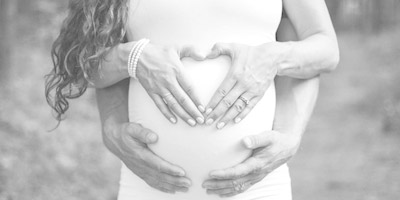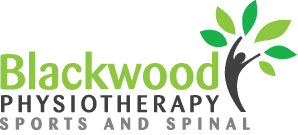During pregnancy, your body constantly changes. Your muscles stretch, especially those in your abdomen and your pelvic floor. Your ligaments that provide support for your joints also soften.
Pain can occur when your body is unable to efficiently transfer load through the pelvic girdle. Specific exercises, soft tissue release techniques, taping or supports can help improve load transfer and help with postural changes.
Commonly treating pregnant women for:
- Low back pain and sciatica
- Pelvic girdle/buttock/hip/sacroiliac joint/pubic joint pain
- Pelvic girdle instability
- Shoulder blade/rib pain and upper back pain/stiffness
- Neck pain/stiffness
- Headaches
- Core abdominal muscle weakness and pain
- Carpal tunnel syndrome, wrist and finger pain/tingling/numbness
- Pelvic floor advice
POSTNATAL PHYSIOTHERAPY
As a new mum it is important to regain your core muscle and pelvic floor strength for the demands of caring for your baby and returning to your favourite activities. Correct lifting and back care techniques are vital to support your activities of daily living.
Commonly treating postnatal women for:
- Abdominal Muscle Separation (DRAM)
- Core muscle activation in daily activities
- Neck/upper back pain
- Progressive postnatal strengthening and stretching exercises
- Pelvic floor muscle awareness and exercise
- Mastitis, engorgement and blocked ducts
- Correct posture and lifting techniques
At Blackwood Physio we understand that every person and childbirth is different and tailor our approach to your specific needs. Get in touch today to make an appointment.

Research shows that pregnant women doing an intensive, supervised pelvic floor muscle exercise program were 56 per cent less likely to leak urine in pregnancy and 30 per cent less likely to leak up to 6 months after giving birth. More importantly, up to 10 per cent of women after having babies will leak faeces. Women who did pelvic floor exercises were half as likely to report this.
